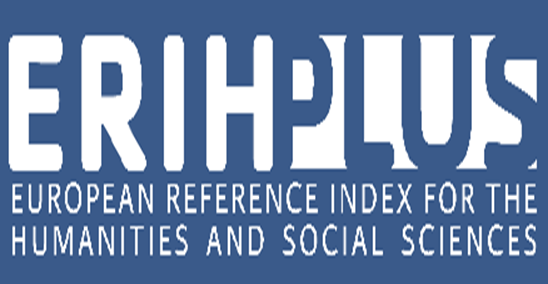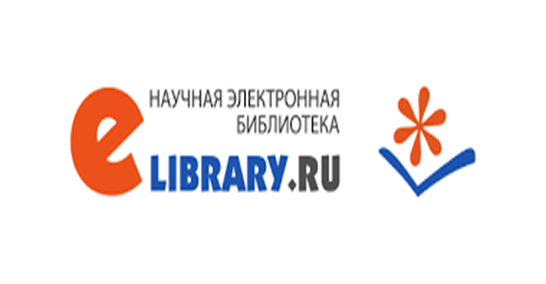Мифолингвистическая характеристика «кок Тенгри» «кок бөрі», «кок тюрк»
Просмотры: 700 / Загрузок PDF: 1081
DOI:
https://doi.org/10.32523/2664-5157-2023-3-146-160Ключевые слова:
колоративная лексика, көк Тенгри, көк бөрі, көк түрк, Ашина, мифологема, национальное мировоззрение, концептуальная и языковая картина мира.Аннотация
Исследование связи языка с мышлением в процессах категоризации и концептуализации мира человеком, в понимании картины мира как отдельно взятого человека, так и целых народов, этносов, в т.ч. и древних актуальны и востребованны в современной тюркологии. Концептуальному анализу в данной статье подвергается колоративная (обозначение цвета) лексика, слова и идиомы, извлеченные из текстов древнетюркских рунических памятников. Объектом исследования стала лексема «көк» (голубой) и связанные с ней идиомы «көк Тәңірі» (голубое Небо), «көк бөрі» (благородный волк), «көк түрк» (голубые тюрки). Известно, что цветовая символика в культуре каждого народа является отличительным
маркером этнического самосознания, ментальности, менталитета и культуры. Так, и в культуре, и духовности древних тюрков голубой цвет имеет свои ценностные смыслы, тесно связанные с мифами. В тюркских мифах именно волчица является прародительницей древних тюрков. Ашина, откуда берется генеалогия древних тюрков, означает «бури» («бөрі» в казахском языке), поэтому тюрки назвали себя «көк түрк», где «көк» означает благородный, могущественный, храбрый. В статье анализуются эти мифы.
Религиозные верования древних тюрков также связаны со словом голубой, «көк Тәңірі» был верховным божеством. По мнению авторов статьи, в идиоме «көк Тәңірі» содержится несколько смыслов: с одной стороны, предметное, обозначающее синеву небесного тела, с другой – религиозное сакральное, священное. Авторы статьи считают, что выявленные значения голубого цвета древних тюрков в дальнейшем нашли преемственность в духовной культуре тюрских народов, поскольку эти значения запечатлены в казахских эпосах, Огузнаме
и в других литературных памятниках.
Скачивания
Литература
Абай тілі сөздігі, 1968. Алматы: Қазақ ССР-нің «Ғылым» баспасы. 734 б.
Авакова Р.А., Сайлауова А.А., 2012. Түркі мифологемалары: халық санасының мәдени рухани тетігі. Әл-Фараби атындағы Қазақ ұлттық университеті хабаршысы. Филология сериясы. 1 (135). Б. 203-208.
Аронұлы С., 2013. Бөрі басы – ұраным: жыр толғау, айтыстар, естеліктер. Алматы: Халықаралық Абай клубы. 288 б.
Баскаков Н.А., 1964. Русско-алтайский словарь. Москва: Советская энциколопедия. 875 с.
Гумилев Л.Н., 1967. Древние тюрки. Москва: «Наука». 112 с.
Жанайдаров О., 2006. Ежелгі Қазақстан мифтері. Алматы: «Аруна». 252 б.
Жолдасбеков М., 2012. Асыл арналар: жеті томдық шығармалар жинағы. Т. 1. Астана: Күлтегін. 343 б.
Жұмабаев М., 1995. Шығармалар. Том 1. Алматы: Білім. 256 б.
Жұртбай Т., 2016. Ашина – Көкбөрі. – URL: https://e-history.kz/kz/news/show/3349 (қаралған күні 18.11.2022).
Қазақ эпостары., 2007. Алматы: Көшпенділер. 416 б.
Қайдаров Ә.Т., 1988. Қазақ тілінің тарихи лексикологиясы: проблемалары мен міндеттері. Алматы: Ғылым. 236 б.
Қасқабасов С., 2009. Ойөріс. Алматы: Жібек жолы. 304 б.
Қондыбай С., 2008. Қазақ мифологиясына кіріспе. Алматы: Арыс. 207 б.
Құнанбайұлы А., 2020. Шығармаларының екі томдық толық жинағы. Т.1: Өлеңдер мен аудармалар Алматы: «Жазушы». 336 б.
Марғұлан Ә., 1985. Ежелгі жыр, аңыздар. Алматы: Жазушы. 368 б.
Ордабекова Х.А., Күркебаев К.Қ., 2018. Дәстүрлі және қазіргі тілдік санадағы «қасқыр» лексемасының лингвомәдени сипаты. Әл-Фараби атындағы Қазақ ұлттық университеті хабаршысы. Филология сериясы. №3 (171). Б. 153-159.
Сәнік З., Зейноллақызы Ж., 2016. Қазақ этнографиясы. Алматы: Ан Арыс. 576 б.
Уәлиханов Ш.Ш., 2013. Тәңірі: таңдамалы. Алматы: Халықаралық Абай клубы. 388 б.
Tazegul E., Nakhanova L., 2021. Cultural Anthropology: Symbolism of Color in the Worldview of Turkic Peoples // Turkic Studies Journal. 2 (Vol.4). P. 59–66. https://doi.org/10.32523/2664-5157-2020-2-4-59-66


























